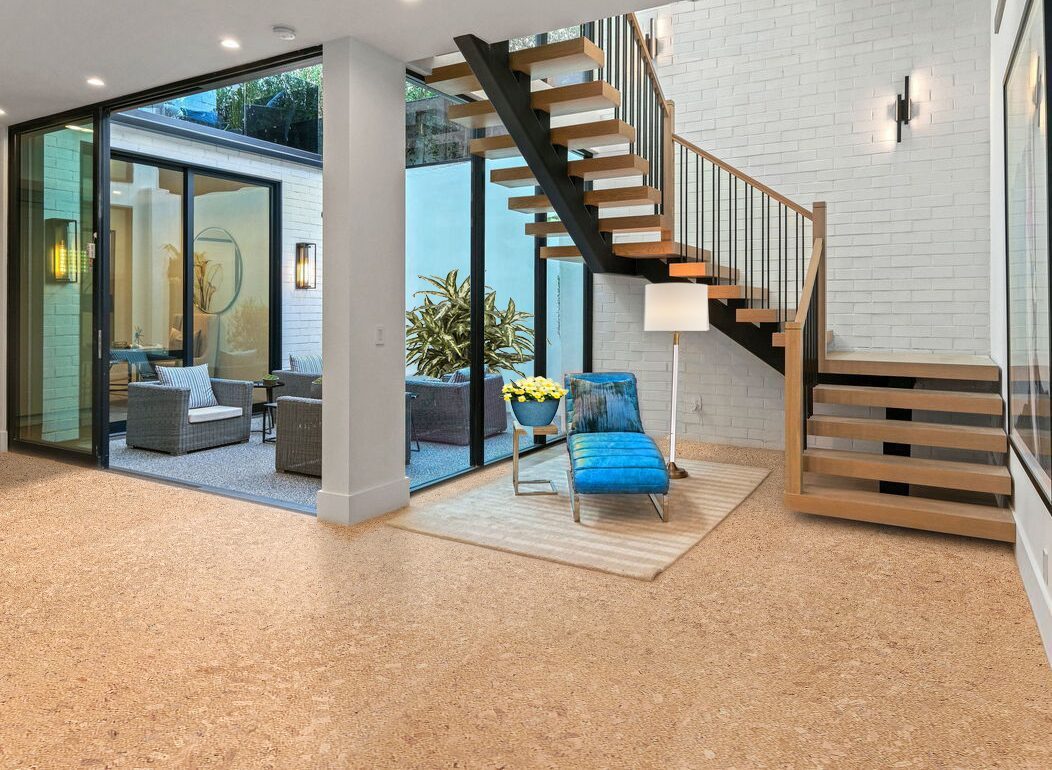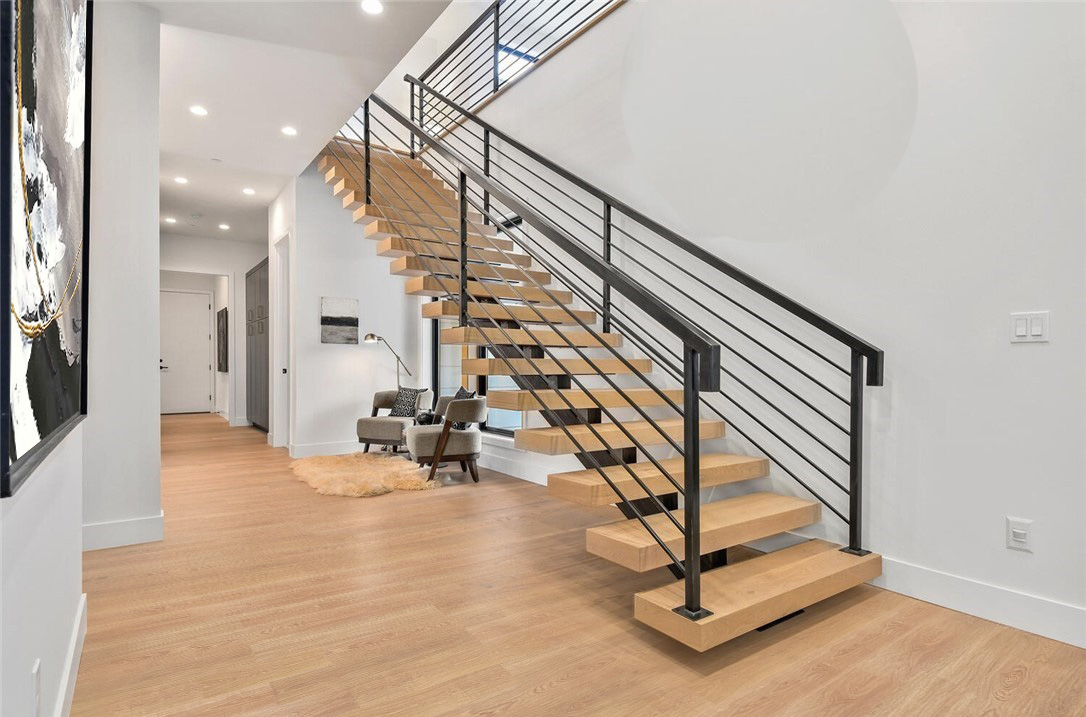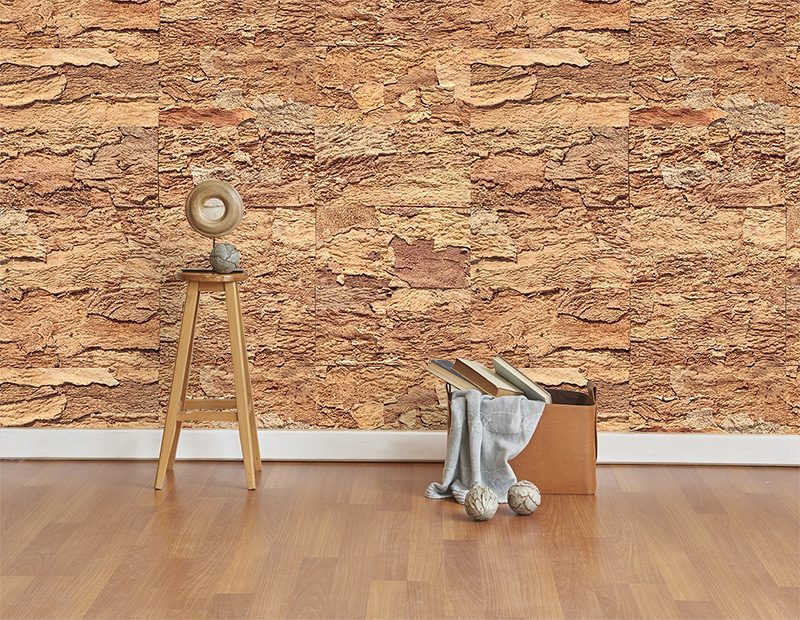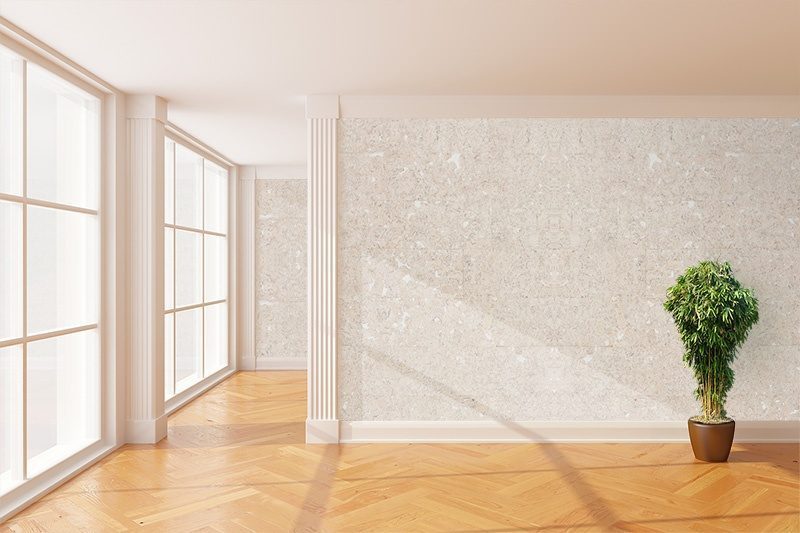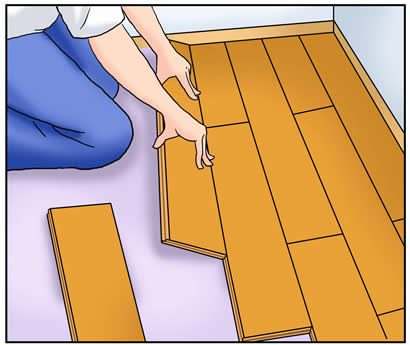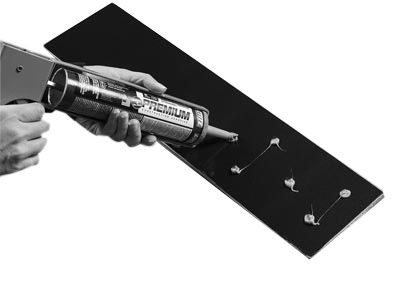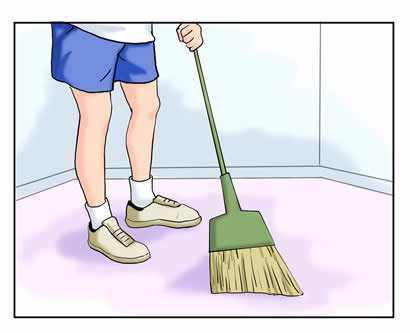Why Green Cork Flooring?
Bottle stoppers account for roughly 70% of cork production worldwide, but cork is also used to create many other everyday items like musical instruments, insulation, and a large variety of green flooring products. Still, the amazing thing about cork is how sustainable the material is. As we head further into the 21st century and ‘green’ living has become a major concern, we truly need to look into a better way of living with the earth. One product that helps take that step is cork. It literally is one of the most ‘green’ products humans utilize.
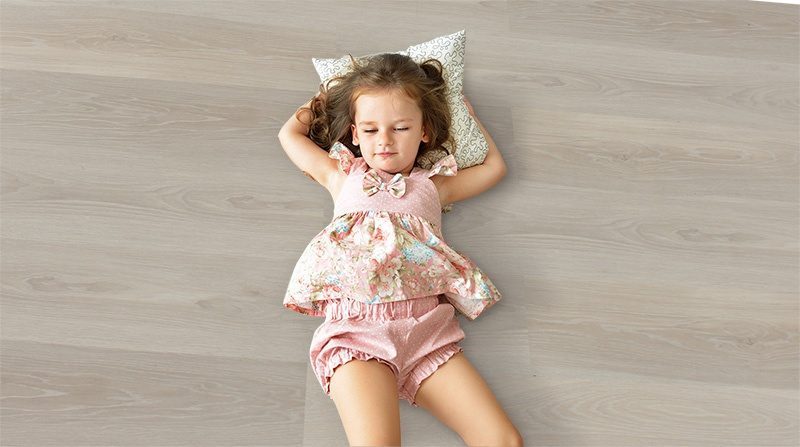
Cork is derived from the outer bark of the cork oak, a native species found in Mediterranean climates like Spain, Portugal, Algeria, Morocco, Italy, Tunisia and France. Cork trees grow with very little cultivation; no pesticides, no irrigation, and no pruning required. Once planted they are left to grow. Few trees have the ability to adapt to soils virtually incapable of supporting any other economically viable crop. Even better, cork oak forests create an ecological balance by preventing further degradation to this barren microclimate. These trees are sturdy, stocky, and resilient, and make few demands on either humans or the environment.

Harvesting takes place between the middle of May or beginning of June until the middle or end of August. In Portugal, which is the number one country for cork production, cork harvesting is highly regulated by the government. Trees aren’t harvested until 25 years of age, and then at 9 year intervals (by law). And to be clear, harvesting cork oak is not an easy task. Bark stripping is undeniably an art. It takes both astuteness and skill to know both where you will cut and how deep to send the blade. If you cut too deep, you will damage the inner bark, causing irreparable damage or even death to the tree; but if done correctly, the bark will slough off easily with minimal trauma leaving the beautiful burnt orange color of the inner bark. Therefore, it is of great importance that cork harvesters need to be extremely skilled so as to not only be able to strip the cork in one solid piece, but also to protect the life of the tree.
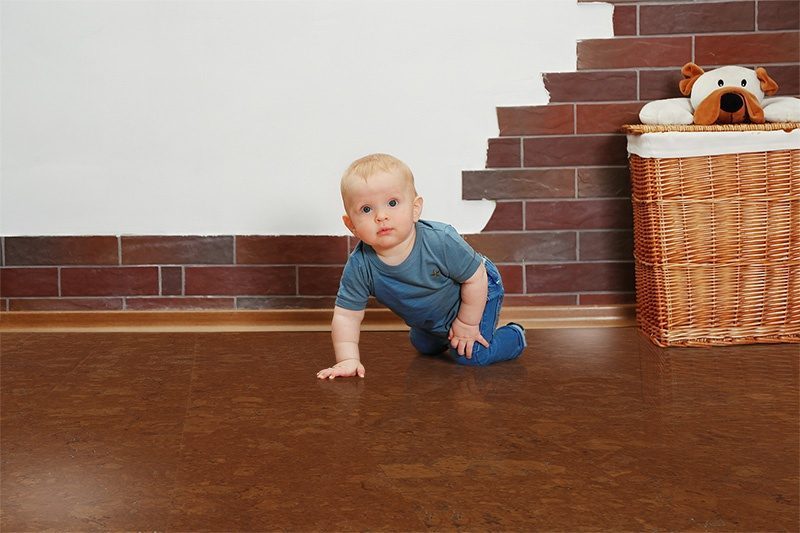
The Portuguese government has taken several precautions to protect the cork oaks by strictly enforcing a law that forbids any cork oak to be cut down or the bark stripped more than once every 9 years. Therefore, in a tree’s lifespan of 150 to 200 years, bark can be stripped between 8 to 15 times. Talk about making cork sustainable.
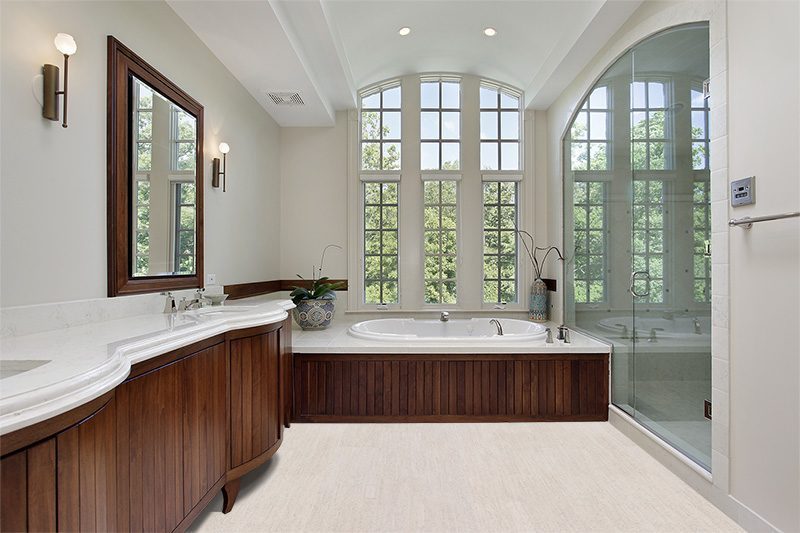
These bark sheets are then taken to factories where it is dried, boiled, and turned into various cork products. One amazing thing about these factories is that up to 90% of the energy used in processing cork is made from burning cork dust, a byproduct of production. In fact another production standard is that the entire process is geared to be environmentally friendly. Most additives or other ingredients are chosen for their minimal environmental impact. Of the cork that is pulled off the tree, absolutely none of it goes to waste. Contrary to naysayers, demand for cork does not exceed available cork tree reserves in the Mediterranean area.
Compare the knowledge acquired here to the thousands of acres of trees, whether hardwoods or bamboo, that is clear cut every year to provide material for human usage. The environmental damage is colossal, not just to the immediate area but on a global scale as well. So just imagine what one cork green flooring or wall covering can do for the earth. Make the sustainable choice, go with cork today. We’re here and happy to help you. Visit us at www.cancork.com.


